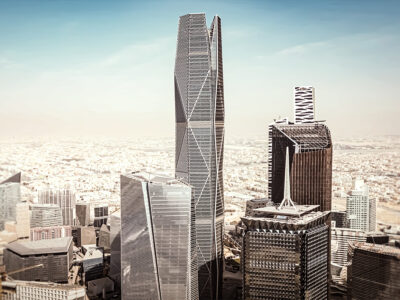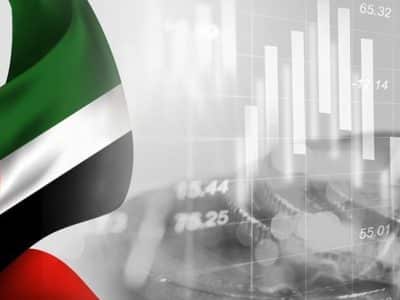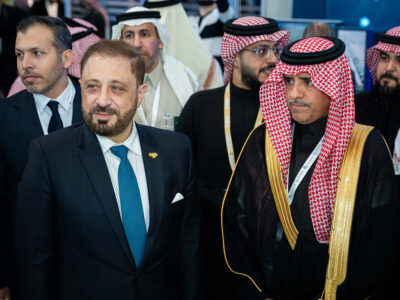Saudi Arabia is expected to return to growth territory this year, after contracting 4.1 percent in 2020 as coronavirus stressed economies across the globe.
Residential mortgages, support for SMEs, and the number of foreign investment licenses granted all increased in the year to Q1 2021, showing signs of recovery from the pandemic, the latest report on Saudi Arabia’s real estate market from KnightFrank shows.
The kingdom continues to take steps to achieve goals laid out in its Vision 2030 that turned five last week. The plan looks to diversify Saudi Arabia’s economy away from oil through focusing on a number of pillars, including increasing direct foreign investment, tourism and the number of locals in the workforce.
Office market
Saudi Arabia’s Ministry of Investment in Q4 2020 granted 466 foreign investment licenses, up 60 percent from the previous year.
“The fourth quarter of 2020 was reported to be the strongest quarter of investment interest in Saudi Arabia since data compilation began in 2005,” the report read. In December alone, 189 licenses were granted.
Recently, the Saudi Arabia announced that any firm wishing to have contracts with the government and state-backed institutions would have to move their regional headquarters to the kingdom by 2024.

“The industrial and manufacturing, logistics, retail, e-commerce and ICT were the sectors that attracted the most of foreign investment,” according to Knight Frank.
Office markets in Riyadh and Dammam Metropolitan Area saw relatively no growth in GLA, but both are expected to see increases by 2023 reaching 5.28 million sqm gross leasable area (GLA) and 1.48 million sqm GLA, respectively. Jeddah is expected to reach around 2.72 million sqm GLA by 2023, though the KnightFrank analysts said they expect some delays.
Retail market
For SMEs, around 10,000 businesses have now benefitted from the Kafalah fund where guarantees from the fun have reached SAR30 billion (nearly $8 million) in 2020, double its 2019 total.
“The wholesale and retail sectors were the biggest beneficiaries, with more than 2,000 establishments benefiting from the program in 2020, up by 254 percent from a year earlier,” the report said.
 Image: Bloomberg
Image: Bloomberg
In Riyadh, market performance softened from Q1 2020 to Q1 2021, with mall and super mall rents falling by 2.5 percent, but by 2023, total retail stock is expected to reach 3.64 million sqm GLA.
“Despite the economic headwinds caused by Covid-19 the average vacancy rate in malls where landlords have adopted digital transformation strategies to redefine consumer experiences and have introduced more innovative omnichannel retail experiences, have managed to retain their existing tenants and attract additional demand,” the report said.
Hospitality market
Tourism is a key pillar under Saudi’s Vision 2030 and they have launched a number of giga-tourism projects across the country, with a goal to attract SAR220 billion in investments to its tourism sector by 2023 and more than SAR500 billion by 2030.
The country’s room supply is expected to increase by 61.1 percent over the next three years, the highest rate among the most 50 populated countries in the world, according to STR Global.
For the capital Riyadh, the hospitality market continued to soften in the year to March 2021, where average daily rates (ADR) and average occupancy decreased by 11.6 percent and 20.2 percent respectively. By 2023, supply is expected to increase by 23 percent; in Jeddah, supply is expected to increase by 53 percent.





